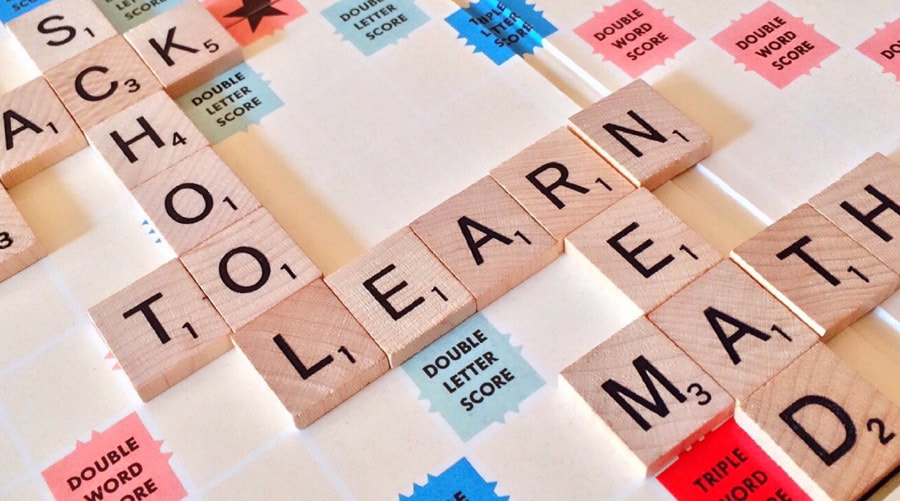|
You have questions—we have the answers. One fear many parents express to us is the potential for long-term negative effects from an extended virtual school experience. Many parents share this fear. In an April survey by Learning Heroes, fifty-four percent of parents expressed concern about keeping their child on track for grade level, and a similar percent expressed concern that school closures and changes would have a negative impact on their child’s education. Little has changed for students over the course of the spring semester, summer, and subsequent return to virtual education in the fall, with many students unaccounted for or unable to attend on a regular basis. While each student responds differently, we find most are not thriving in the current distance-learning environment. Even high achievers are finding the expected level of self-instruction and class management to be exhausting and defeating. This week, Maryland’s State Superintendent urged school systems to start bringing students back in limited numbers to counter the perceived effects. While many predictions were being made about the potential for learning loss during the early days of the pandemic, we are just now starting to see real data from standardized test results that can quantify the effect. Incoming Data on Learning LossSince the start of school restrictions, many organizations have attempted to quantify the potential effect of school closures and distance-only learning. While all expected some learning loss, they differed in magnitude.
The first data from the school year is now in, and the results tend to vary greatly depending on the individual student’s background. On a national level, students who tested did better than predicted. NWEA analyzed data from the 4.4 million 3rd-8th grade students who took the MAP test in fall of 2020 and compared their results from prior year cohorts. Their key findings were:
Montgomery County Public Schools recently released initial results for the 2020-2021 school year as well, and many students are performing poorly. The Washington Post reported that failure rates in math and English increased as much as six-fold for some students, quoting school board member Rebecca Smondrowski as saying “It breaks my heart to see so many of these numbers. We knew that gaps were going to get bigger, but these are huge.” Reports from other U.S. school systems mirror this assessment.
These stories are echoed across the country this fall as parents, teachers, schools systems, and governments all strive to find the best solutions for their students. How Can Learning Loss Be Tackled?As the pandemic continues and the depth of the problem continues to expand, several recommendations have been made to combat the Covid-slide.
For parents concerned about their child’s status, we offer the following tips:
Benefits of 1-on-1 TutoringIf your student has struggled with distance learning, you have probably considered the potential benefits of tutoring. Our experience has repeatedly demonstrated the advantage that 1-to-1 instruction provides students of every ability and grade level, but especially those who need to catch up to their grade-level expectations.
By meeting with a student regularly, a tutor can quickly pinpoint gaps, target them to shore up core skills, and build a trust with the student that engenders a renewed love of learning and leads to the increased confidence that comes from regular academic success. Our tutors are experts in their subjects and experienced in their teaching methods, providing a welcome resource for students’ learning and growth. Have a question you need answered? Call or email us; we are here to help every student find the best solution for their educational needs.
0 Comments
Leave a Reply. |
AuthorAnn Derryberry Archives
March 2024
Categories
All
|
Telephone |
© 2024 Everest Tutors & Test Prep | All Rights Reserved


 RSS Feed
RSS Feed